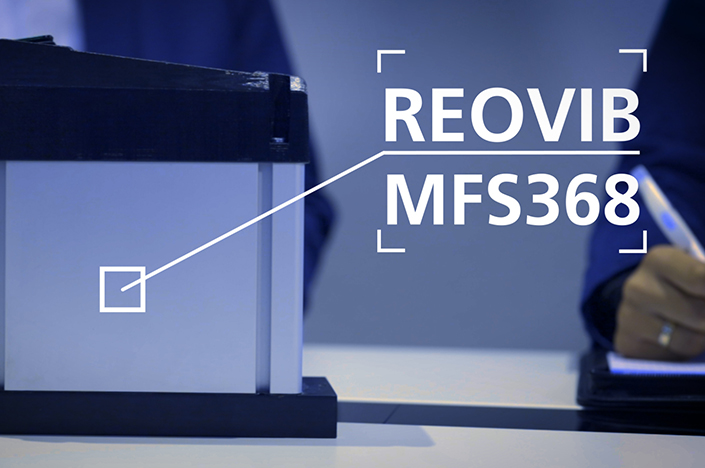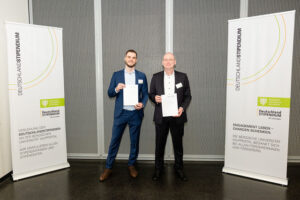Vibratory conveying technology is an ideal conveying system for transporting goods of various sizes, from the smallest metal pieces to heavy crankshafts. However, for conveying and a controlled flow of the conveyed parts to be possible at all, every vibratory conveyor requires a control unit. Under the name REOVIB, REO offers various series of control units for a wide range of requirements. These include, for example, simple controls that provide a variable voltage for the magnet using triacs or thyristors in phase-angle control mode, or frequency converters that generate any drive frequency and amplitude for the vibratory conveyors. The designs of the devices range from PCB versions for integration into custom housings or control cabinets, to control cabinet installation devices for mounting rails or plates, and finally to self-contained housing versions with protection classes from IP54 to IP65.
The networking of individual devices into complete feeding systems is possible via the control inputs and outputs. This allows for the realization of more complex setups and conveying requirements. Connection to higher-level control systems can be implemented using analog signals or fieldbus couplings such as Profibus, CAN-Bus, EtherCAT, or EtherNet/IP and ProfiNet. Optionally, many versions are also available with UL/CSA certification.
But REO is already thinking ahead: With the ongoing changes in industry, the demands on production and communication are increasing in terms of scalability and interoperability. Through REO’s intensive research and development, we can already offer control units like the MFS 368 today, which enable broad integration into this modern requirement profile of fully networked Industry 4.0. Digital technology and rethought processes enable a quality of production and system monitoring that would be unthinkable with conventional technologies. For this purpose, REO equips its devices with IIoT-Ready features and introduces its own developed hardware and software solutions.
On the hardware side, this means that devices can be accessed via the REONET DL (Devices-Link) interface over a conventional network infrastructure. By using OPC-UA, REONET DL simultaneously enables participation in the world’s largest ecosystem based on common standards.
On the software side, REO offers the REONET CT (Configuration-Tool) software, which simplifies the configuration of devices. Using an intuitive web interface, configurations for devices can be created, distributed, saved, restored, and adjusted. The automated process ensures that no parameters are omitted and that the devices function as intended.




